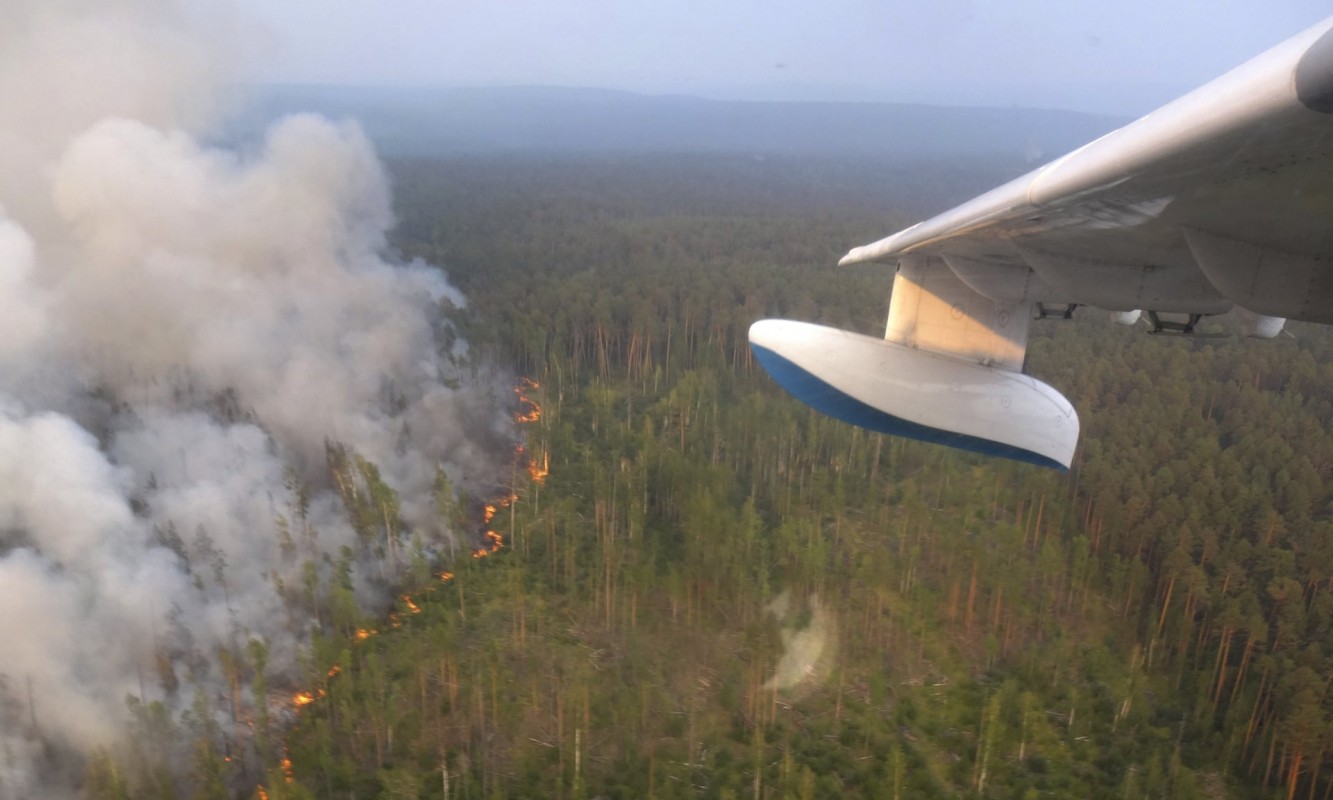 According to the World Meteorological Organization (WMO), June 2019 was Earth’s warmest June on record.
According to the World Meteorological Organization (WMO), June 2019 was Earth’s warmest June on record.
Wildfires, producing plumes of smoke visible from space, are spreading in Siberia, Greenland, Alaska, and Canada as a result of lightning and high temperatures.
Temperatures in Anchorage, Alaska reached 90 degrees for the first time on record and a total of 2.06 million acres were burned. Winds carrying smoke have caused air quality to plummet in cities in Siberia.
Although Arctic fires are common between May and October, the intensity, scale, and duration make these fires unusual. Unfortunately, peat fires burn far longer than normal forest fires -- for months, and sometimes even years. But, what is peat?
What Is Peat?
Usually, dead plants and animals buried under the Earth's surface are converted into coal over millions of years, under intense heat and pressure.
 However, sometimes the remains of plants like mosses and shrubs pile up at the bottom of lakes, marshes, or in other waterlogged conditions. Here, as dead plants pile up on top of each other, they go through a slow process of decay due to a lack of oxygen.
However, sometimes the remains of plants like mosses and shrubs pile up at the bottom of lakes, marshes, or in other waterlogged conditions. Here, as dead plants pile up on top of each other, they go through a slow process of decay due to a lack of oxygen.
The carbon that is trapped in these plants from photosynthesis is converted to peat, a material with a soft texture.
The Importance Of Peatlands
Peatlands refer to large areas of accumulated peat, many of which were formed after the Ice Age as a result of melting glaciers or rising underground water levels.
Peatlands cover 3% of our Earth's surface and are found mostly in Europe, North America, and Asia. They are one of the largest natural carbon storehouses on Earth and contain over 550 gigatons of carbon. While peat is not used to generate electricity directly, it is extracted, dried, and used as a fuel for heating and cooking in homes.
Peatlands can store twice as much carbon as other ecosystems. They are also home to many species, provide drinking water, and minimize the risks of floods. Unfortunately, peatlands are under threat from mining or are being drained and converted into agricultural lands. So far, nearly 15% of our Earth's peatlands have been drained and have released 1.3 gigatons of carbon-di-oxide each year.
The Arctic Fires
The Arctic fires have released around 50 megatons of carbon-di-oxide in June, which is the equivalent of Sweden’s total annual emissions. In fact, more carbon dioxide was released in June than between 2010 to 2018 combined. To put things into perspective, a typical car emits 5 tons in a year and there are a million tons in one megaton.
Unfortunately, Russian firefighters are unable to extinguish blazes in inaccessible parts of the Siberian Arctic. For now, the only hope is rain or snow which is expected only in October. These fires are also a wake-up call that we need to take concrete steps to address global warming.
Sources: IUCN, BBC, UN Environment, Wired, Peatsociety.org








